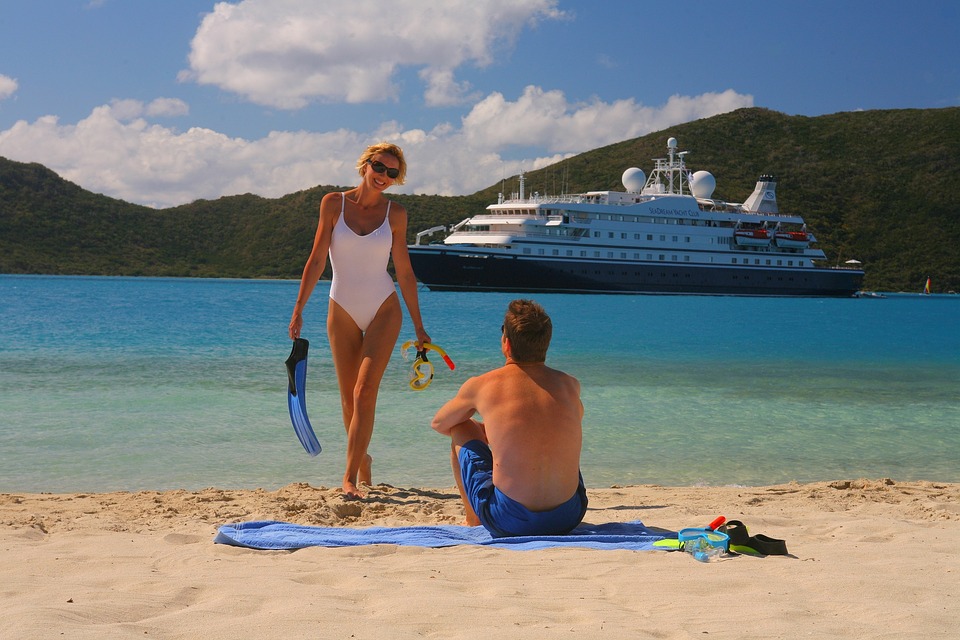Table of Contents
Introduction
Snorkelling is a wonderful way to explore the beauty beneath the ocean’s surface. However, to ensure both your safety and enjoyment, selecting the right snorkelling equipment is essential. With the right gear, you can maximize your comfort, visibility, and overall experience. In this article, we will guide you on how to choose the right snorkelling equipment to have an unforgettable underwater adventure.
Finding the Perfect Mask
The mask is the most important piece of snorkelling equipment, as it allows you to see clearly underwater. Here are a few key factors to consider when selecting a mask:
- Fit: A well-fitting mask should be snug but not uncomfortable. It should create a watertight seal against your face without any gaps.
- Field of View: A wider field of view enhances your snorkelling experience, allowing you to see more of the surrounding marine life.
- Low Volume: Low-volume masks require less effort to clear if water enters, making them more convenient and comfortable.
- Tempered Glass: Opt for a mask with tempered glass lenses, as they are more durable and resistant to scratches.
Choosing the Right Snorkel
Snorkels help you breathe while floating face-down on the water’s surface. Here’s what you should consider when selecting a snorkel:
- Comfort: Look for a snorkel with a comfortable mouthpiece that fits your mouth size.
- Purge Valve: Snorkels with purge valves make it easier to remove any water that enters the tube.
- Splash Guard: A splash guard prevents water from entering the snorkel when waves splash against it.
- Straight vs. Flexible Tube: Straight tubes provide a more direct airflow, while flexible tubes are more comfortable, especially for beginners.
Picking the Right Fins
Fins allow you to move efficiently through the water and reduce muscle fatigue. Consider the following factors when choosing fins:
- Fit: Fins should fit snugly but not too tight, allowing you to move your feet comfortably.
- Open Heel vs. Full Foot: Open-heel fins offer adjustable straps and are ideal for divers wearing booties, while full-foot fins are more suitable for snorkeling in warmer waters.
- Blade Length: Longer blades provide greater propulsion, while shorter blades are more suitable for beginners or snorkelers with less leg strength.
- Material: Fins made from lightweight, flexible materials are more comfortable and efficient.
Wearing the Right Wetsuit or Rash Guard
Depending on the water temperature and your sensitivity to cold, you may need a wetsuit or a rash guard. Here’s what to consider when choosing these items:
- Thickness: Select a wetsuit or rash guard with an appropriate thickness for the water temperature you’ll be snorkelling in.
- Material: Neoprene is a common material used in wetsuits due to its excellent thermal insulation properties.
- Fit: A well-fitting wetsuit will provide thermal protection and allow for unrestricted movement.
- Sun Protection: Regardless of the water temperature, a rash guard with sun protection will shield your skin from harmful UV rays.
FAQs Section
Q1: How do I know if my mask fits correctly?
A properly fitting mask should seal comfortably against your face without any gaps. To test it, place the mask on your face, hold your breath, and breathe in gently through your nose. If the mask stays in place without leaking and feels secure, it’s a good fit.
Q2: Can I use regular swimming goggles instead of a snorkelling mask?
Regular swimming goggles are not suitable for snorkelling, as they lack a snorkel-friendly design, restrict your field of view, and may not create a proper seal. It’s best to invest in a high-quality snorkelling mask specifically designed for underwater use.
Q3: Do I need to wear fins while snorkelling?
While not strictly necessary, wearing fins greatly enhances your snorkelling experience. Fins increase your mobility, reduce fatigue, and allow you to explore a larger area. They also provide more stability and control in the water, making them a valuable addition to your snorkelling gear.




